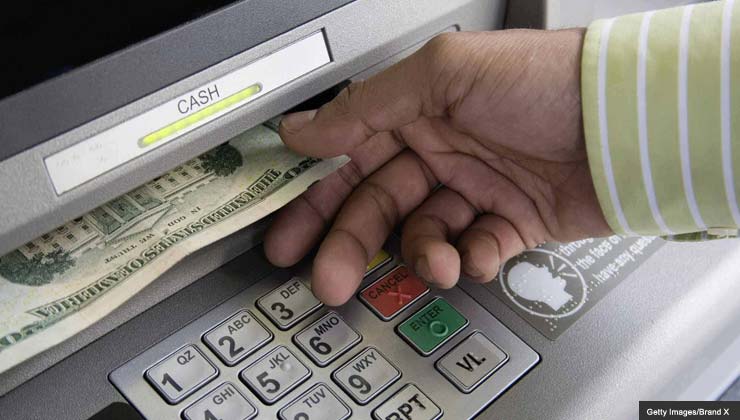Staying Fit


Scammers have found yet another way to stick it to ATM users — with glue.
See also: ATM or debit card: Which is safer?
In this (arts and) crafty con, thieves glue down certain ATM buttons — "enter," "cancel" and "clear" — to prevent you from completing a transaction after inserting a cash card and keying in a PIN. Frustrated, you leave the machine to report the problem and crooks move in to complete the withdrawal.
It works, say police, because many people don't realize that, on many ATMs, you can use the touchscreen as well as the physical buttons for the final steps of getting cash. That's how the crooks get your cash.


AARP Membership— $12 for your first year when you sign up for Automatic Renewal
Get instant access to members-only products and hundreds of discounts, a free second membership, and a subscription to AARP the Magazine.
In machines with this feature, an on-sceen tab that says something like "press here" can be touched to complete a transaction instead of using the "enter" key.
So far, this gotcha-with-glue scheme has turned up only in California.
A similar ploy showed up last year in India. In that case, New Delhi police arrested a man who allegedly glued down keypad buttons and then used a screwdriver to release and push the stuck "enter" key while the victim walked off to report the jammed machine to bank officials.
In addition to glue, other innocuous household items have been pressed into service by ATM crooks:
- Napkins or plastic sheets. They're stuffed into the cash dispenser to block the release of money. From there on, the ruse is the same as with glue: When you go to seek help, thieves dislodge the block and pull out the cash.
- Camera film or aluminum foil. It's slipped into the card slot to trap your card inside the machine. After you leave to get help retrieving your card, the crooks use basic tools to remove the trap and grab the card.

































































More From AARP
Getting Clipped by Coupons
What happens when a fake gets flagged? At best it's embarrassing, but some people have been arrested.